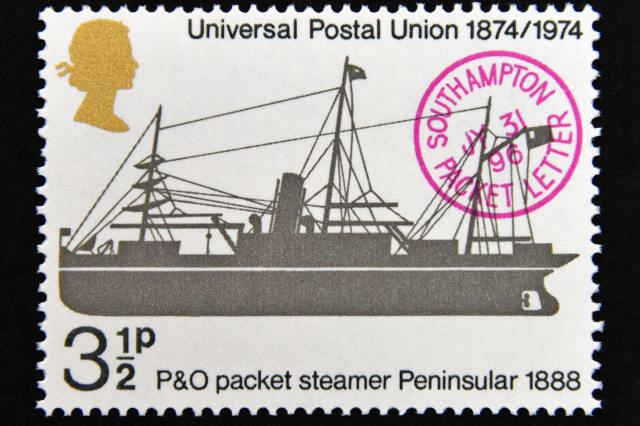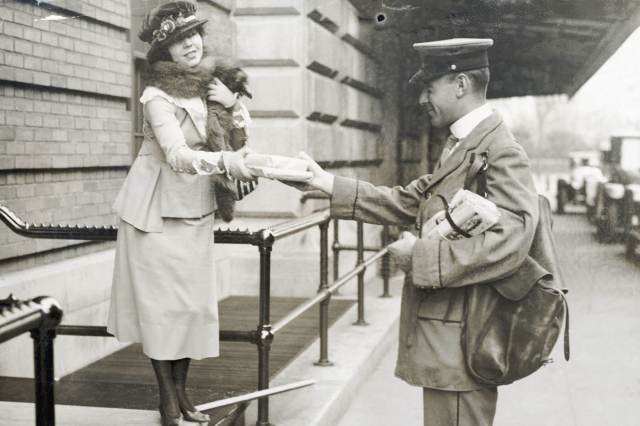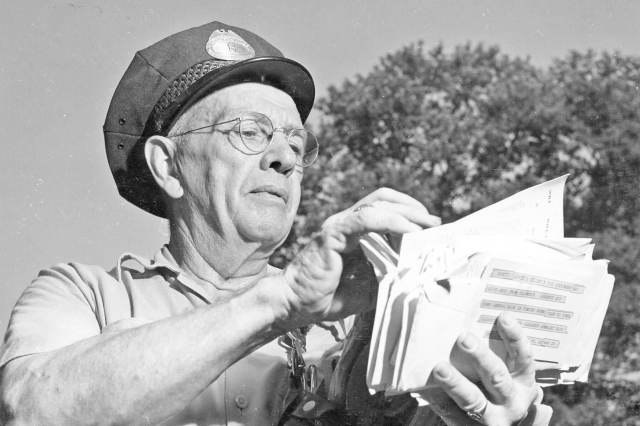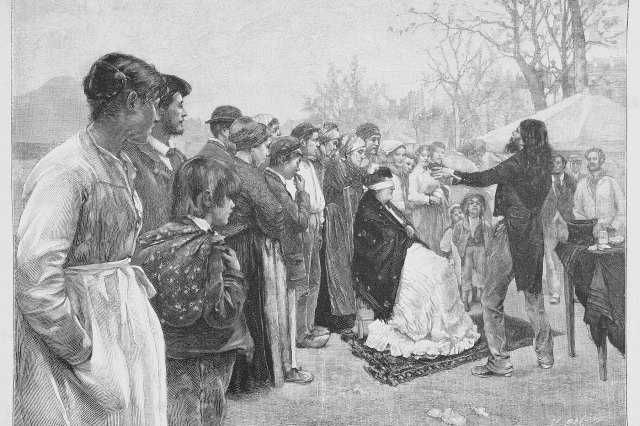The Fascinating History of Mail
For many of us, sending and receiving mail is a routine part of our daily lives. But this seemingly mundane task has quite an interesting history. Postal systems have existed for nearly as long as humans have communicated through writing. Egypt holds the distinction of pioneering the earliest documented state-sponsored postal service, which dates all the way back to 2400 BCE, with the oldest known postal document dating back to 255 BCE. Initially used by pharaohs, emperors, and kings to disseminate information across their domain, postal systems eventually broadened their scope to transmit messages among religious and educational institutions.
Relay stations were established along messenger routes to expedite the delivery of information across vast distances. As these systems evolved to become more efficient and inclusive, the opportunity to send messages via formal postal services was eventually made available to private individuals.
Since the earliest days of royal postal services, mail has been delivered via nearly all possible means: It’s been carried by couriers on foot, horse and wagon, mule, bicycle, train, steamboat, plane, motorcycle, and even dog sled. Here are more fascinating facts about the history of mail and how it has evolved over the centuries to keep us all connected.
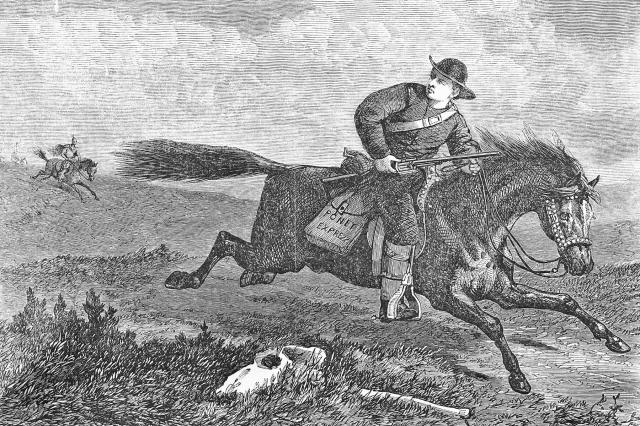
The Pony Express Operated for Just 18 Months
In the 1800s, mass migration westward via the Oregon Trail, the arrival of Mormon immigrants in Utah, and the California gold rush all played a role in the need for swift and reliable mail service beyond the Rocky Mountains. The Leavenworth and Pike’s Peak Express Company, which eventually became the parent company of the Pony Express, galloped in to fulfill this need in 1859.
Covering more than 1,900 miles in just 10 days, the Pony Express ran between St. Joseph, Missouri, and Sacramento, California. With horse-changing stations posted at 10- to 15-mile intervals along the route, each rider was able to cover an average of 75 to 100 miles before passing the reins to the next.
However, it wasn’t long before the completion of the transcontinental telegraph system brought an end to the Pony Express. Although the equestrian delivery service looms large as an enduring symbol of the rugged American Old West, it really only ran from April 1860 to October 1861.









